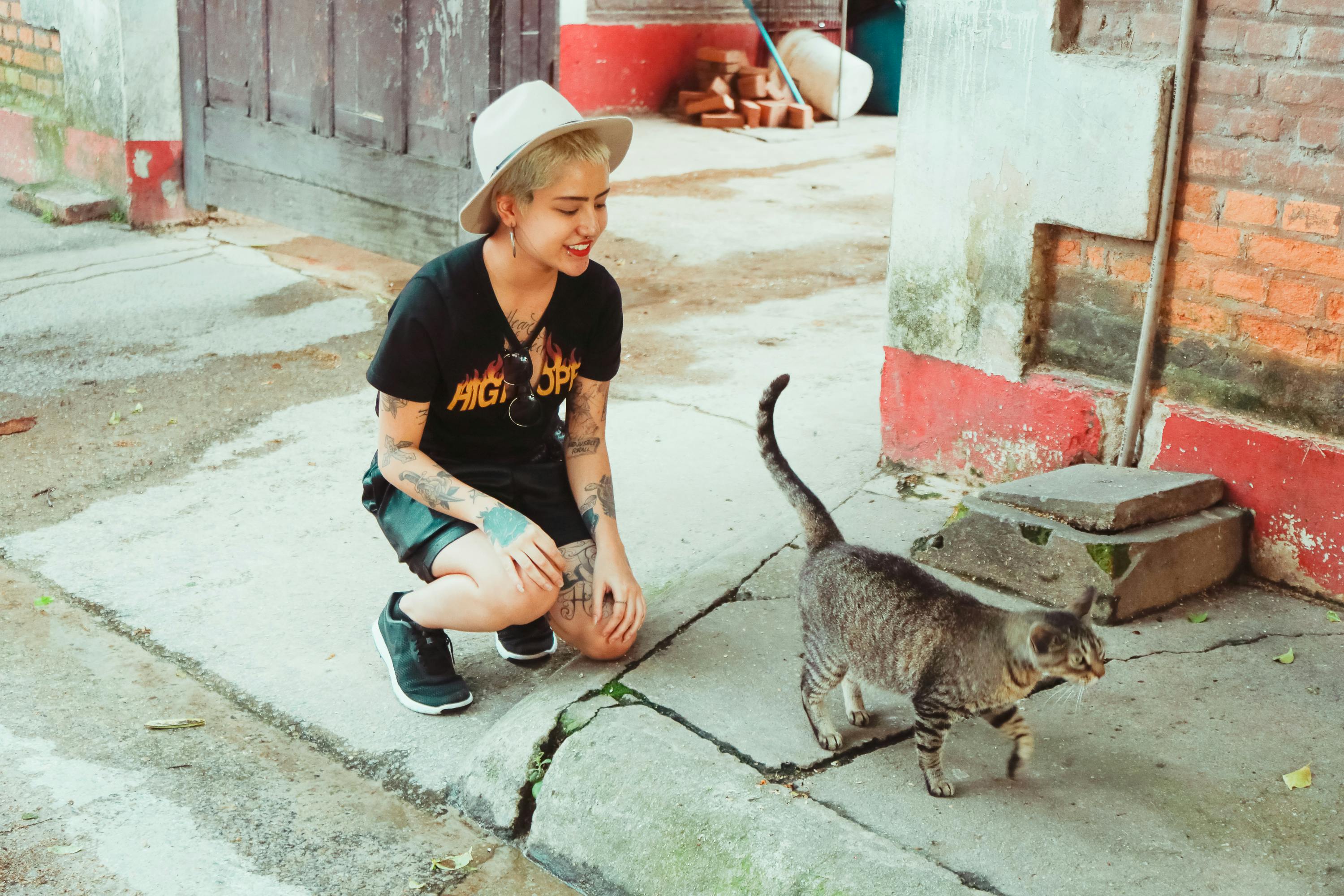
Wild cats: what to do if they live near you
Chances are, if you live in a rural or even suburban setting, you live near feral cats – skittish and rough feral cats that may appear to need human help, only to flee when approached. These cats are not tame and are by no means willing to be a house cat and are perfectly capable of living outdoors on their own, whether they damage some of the ecosystems or not.
If you find yourself surrounded by these untamed creatures, you have several options. One, you can leave them alone and state that they are simply not your problem. This is a preferred option for many, but by no means a good option. There are more than 70 million feral cats in the US alone, and scientists rightly blame the extinction of thirty-three species of birds on that. enormous number of cats: cats that hunt, kill and eat all kinds of birds, reptiles and rodents. This overpopulation could quickly lead to the extinction of other birds and perhaps even some mammalian prey. Plus, who wants the stench of a feral cat spraying their territory under and around their garage? Gross!
The second option would be to start feeding them. This is a better option, but still not ideal as a third option, which we will discuss in a moment. It’s a good idea to feed these cats at set times in the mornings or evenings and provide them with a home shelter – cats that are not hungry will pounce without enthusiasm and are much more likely to end up with empty legs after the hunt. But this also leads to several other problems: disease spread and overcrowding. Diseases like toxoplasmosis, parasites, and rabies can be spread through a bite or scratch when a neighborhood pet mixes with a wild one. In turn, diseases can be passed on to unsuspecting owners when animals interact with them. Diseases can sometimes cause death, and pain follows the death of an animal due to disease. This means that the disease could spread to your outdoor cats and possibly you and your family.
Along with this, cats are like rabbits when it comes to reproducing and if none of the cats is spayed, there will be kittens. This adds to the population, increasing the risk factor for all the points mentioned above. As a cat sitter, you would also have to increase the food you feed the animals on a daily basis due to the additional mouths to feed. You will also be tasked with taming and adopting the kittens, and you will only be given a certain window of time to do so.
The last option of Trap-Neuter-Return (TNR). This involved trapping the cats using humane catch-and-release traps before sterilizing and releasing them again. This eliminates almost all the problems of keeping wild cats in your yard. Now that they are neutered, they will not have any more kittens, they will be vaccinated and dewormed so they do not spread parasites or diseases, and they will not feel as much urge to spray their territory.
Don’t be afraid to get your local shelter or community involved! They can do most, if not all, of the capture and neutering for a very low price or even for free, depending on where you live. They will also put the ear tip (remove the top of the ear) on the cat so that it is not caught and caught again by other well-intentioned people and rescue groups.
Now for the final topic: what about the birds? That’s where you start feeding the cats. Keeping them fed once or twice a day ensures that they are well fed. This also boosts their immune system, making them less prone to potential illnesses that are not eliminated by vaccines or deworming. And now that they feed on a daily basis, they are less likely to bother as much hunting.
Wild cats are not bad. They help keep mice out of your barn, they are interesting to watch, and all they need is a bowl of food every day and room to be wild, stray cats. All you have to do is give them that opportunity!